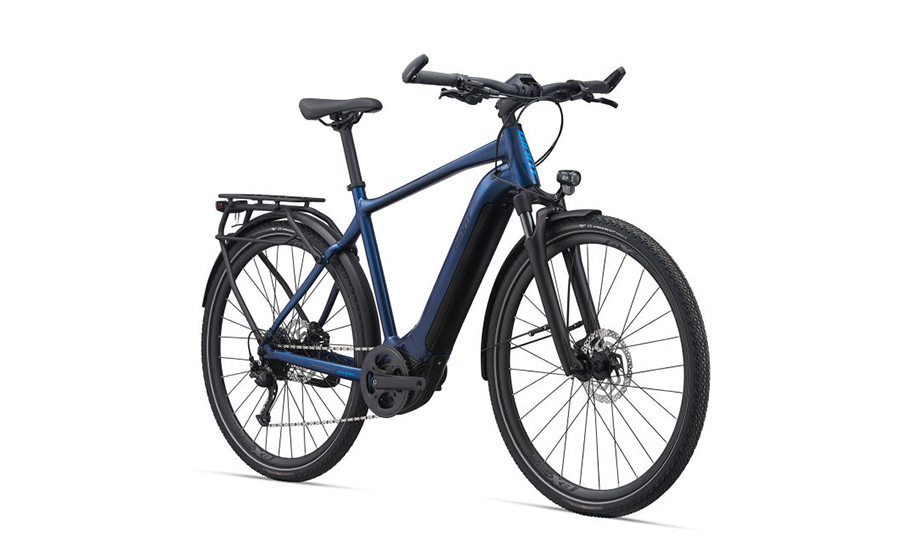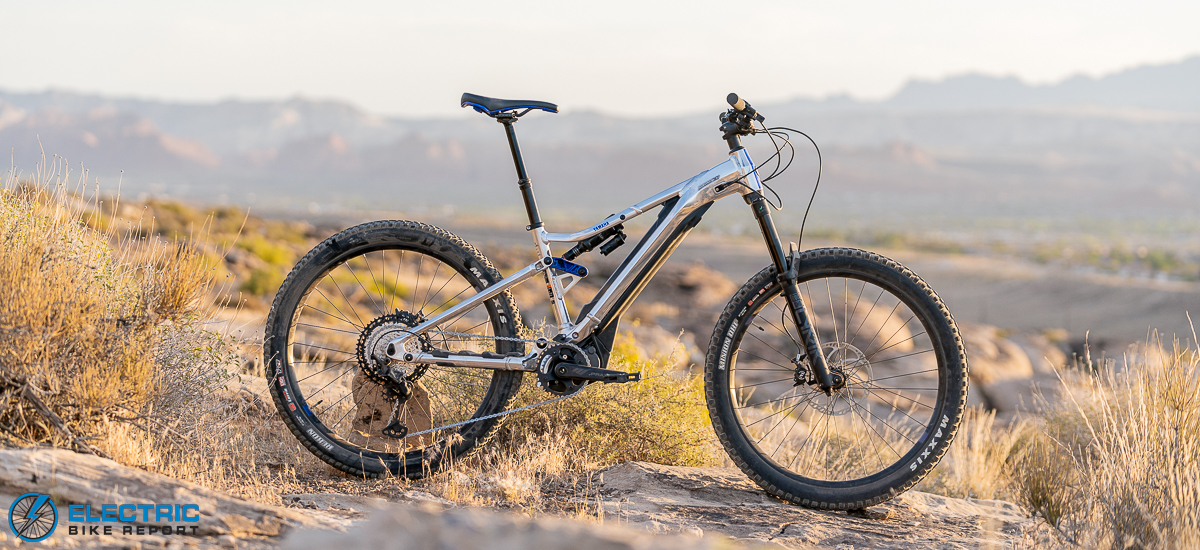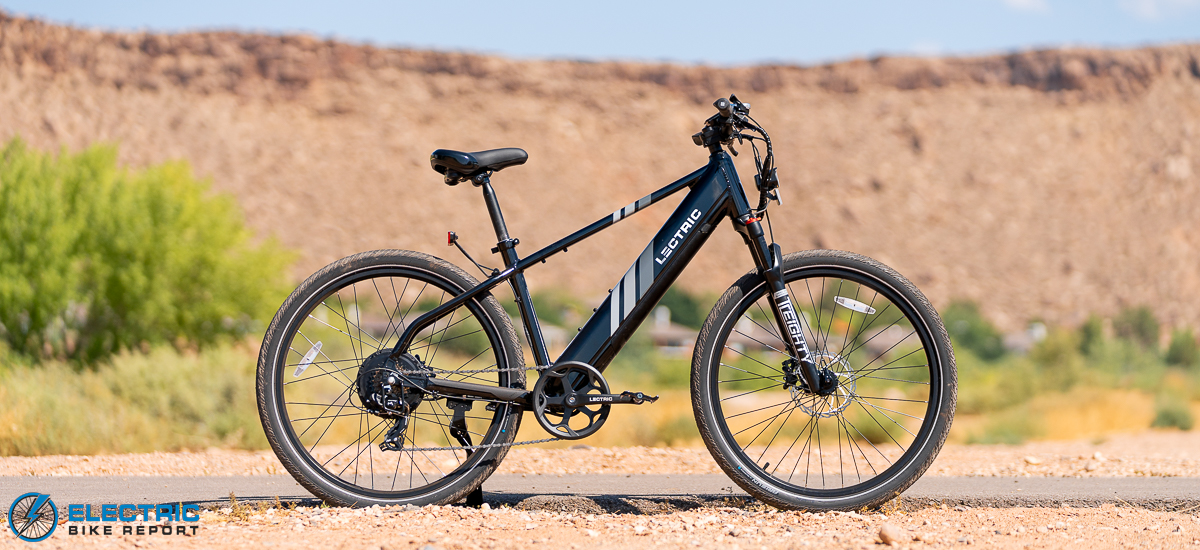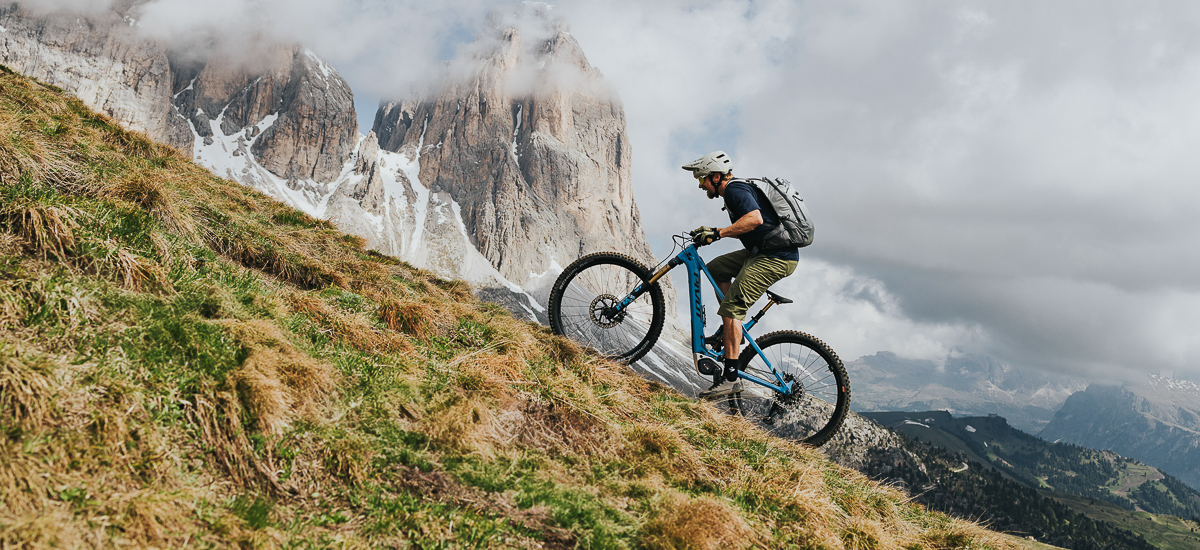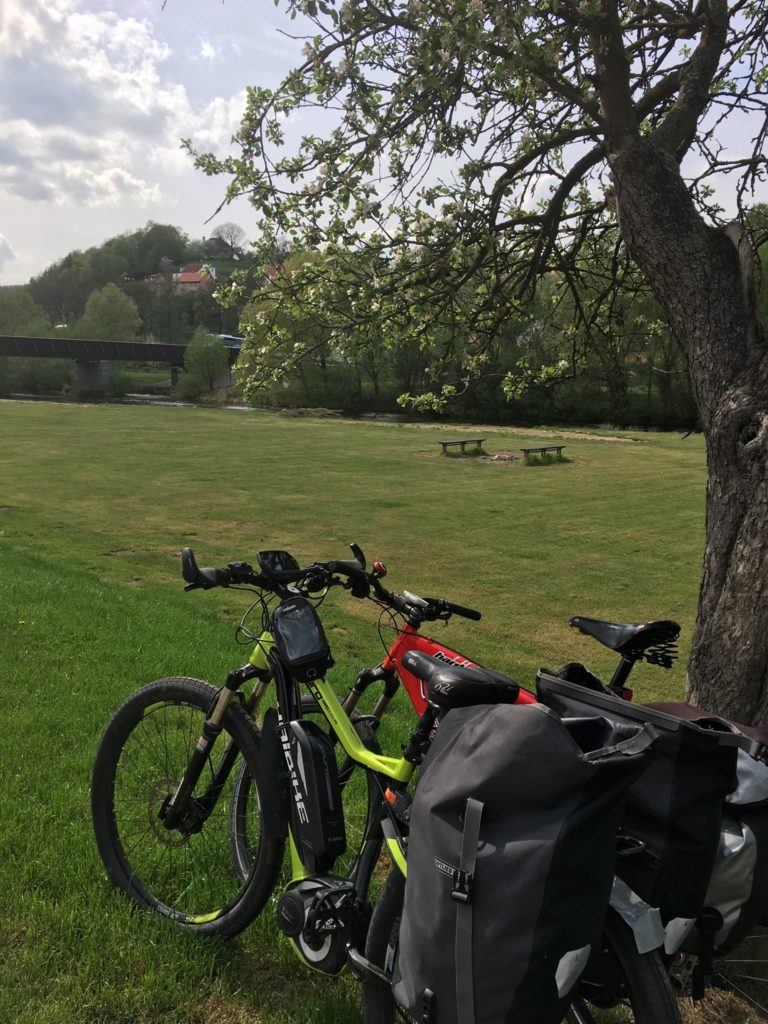
Some links may be affiliate links. We may get paid if you buy something or take an action after clicking one of these.
A new trail system in Vermont not only allows e-bikes, but it can accommodate adaptive e-bikes.


Most singletrack trails are too narrow for adaptive e-bikes, so even in places where Class 1 eMTBs are allowed, adaptive cycles with three or four wheels are too wide to fit on the trail. The trails at the Driving Range, however, are wide enough for adaptive e-bikes that have wheels in parallel.
The key to making the trails at the Driving Range wide enough was the use of a trackhoe, a kind of pint-sized bucket loader. More and more, trails are being “machine-built”—created with the help of motorized devices such as trackhoes and bobcats. This allows trail builders to exert greater control over the terrain, building features and smoothing transitions in terrain to create flowy lines that are the juice of what this sort of riding is about. The trackhoe, due to the width of its tracks, naturally cuts a path wide enough to accommodate adaptive e-cycles.
They begin by chainsawing trees, then dig out stumps and boulders with the help of the trackhoe. Next, they begin shaping the terrain and using the rocks to reinforce the shape of the trail. They added dirt in between some of the rocks to help shape both jumps and landings. Part of the challenge for trail builders like Phil and Hailey is making sure that runoff from rains is channeled so that it doesn’t cut trenches in the trail.
Kmetz’s friend Greg is the adaptive rider in the shot and he pronounces the trail “insane” in the video. The portion of the video with Greg, the adaptive rider, begins about 1:15, but the entire video is entertaining.
Sponsors
Reader Interactions
![]()
![]()


